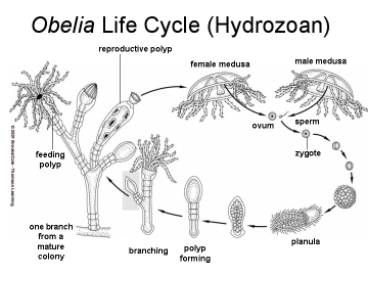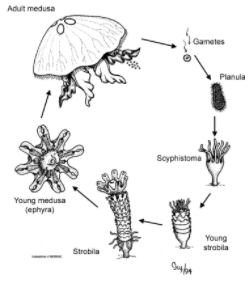Sign up for FlowVella
Sign up with FacebookAlready have an account? Sign in now
By registering you are agreeing to our
Terms of Service
Loading Flow

Life Cycle
Asexual reproduction in echinoderms usually involves the division of the body into two or more parts (fragmentation) and the regeneration of missing body parts. Fragmentation is a common method of reproduction used by some species of asteroids, ophiuroids, and holothurians, and in some of these species sexual reproduction is not known to occur. Successful fragmentation and regeneration require a body wall that can be torn and an ability to seal resultant wounds. In some asteroids fragmentation occurs when two groups of arms pull in opposite directions, thereby tearing the animal into two pieces. Successful regeneration requires that certain body parts be present in the lost pieces; for example, many asteroids and ophiuroids can regenerate a lost portion only if some part of the disk is present. In sea cucumbers, which divide transversely, considerable reorganization of tissues occurs in both regenerating parts.

